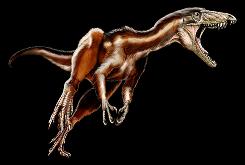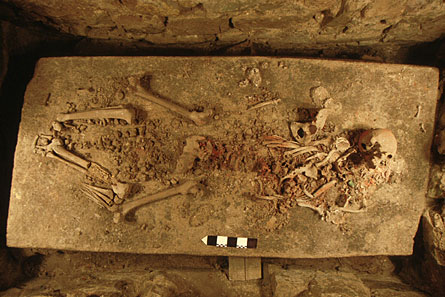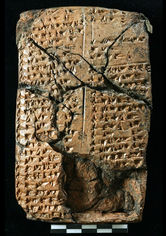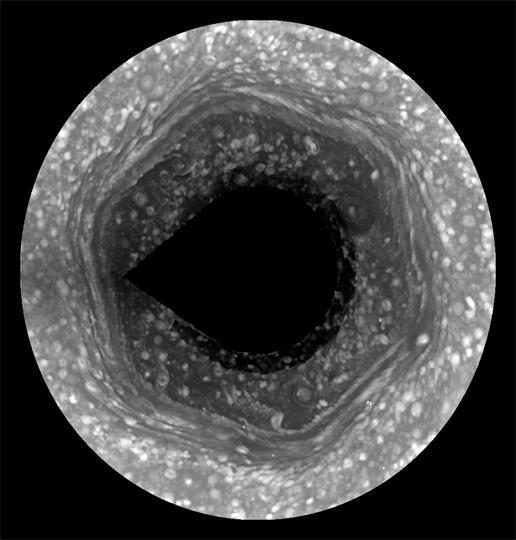OF THE
TIMES





"Future generations will wonder in bemused amazement that the early 21st century's developed world went into hysterical panic over a globally averaged temperature increase of a few tenths of a degree, and, on the basis of gross exaggerations of highly uncertain computer projections combined into implausible chains of inference, proceeded to contemplate a roll-back of the industrial age." - MIT Professor Richard Lindzen, PhD, Atmospheric ScienceLong ago I took one science course in college because it was required, not because I had any great interest in science. The course was zoology and only my end of semester paper on raccoons, an assigned subject, avoided a failing grade. To this day, more than 50 years later, I still recall that its Latin name was Procyon lotar.
"On such (climate) models we are supposed to wager trillions of dollars - and substantially diminished freedom."- George F. Will, syndicated columnist, Washington Post